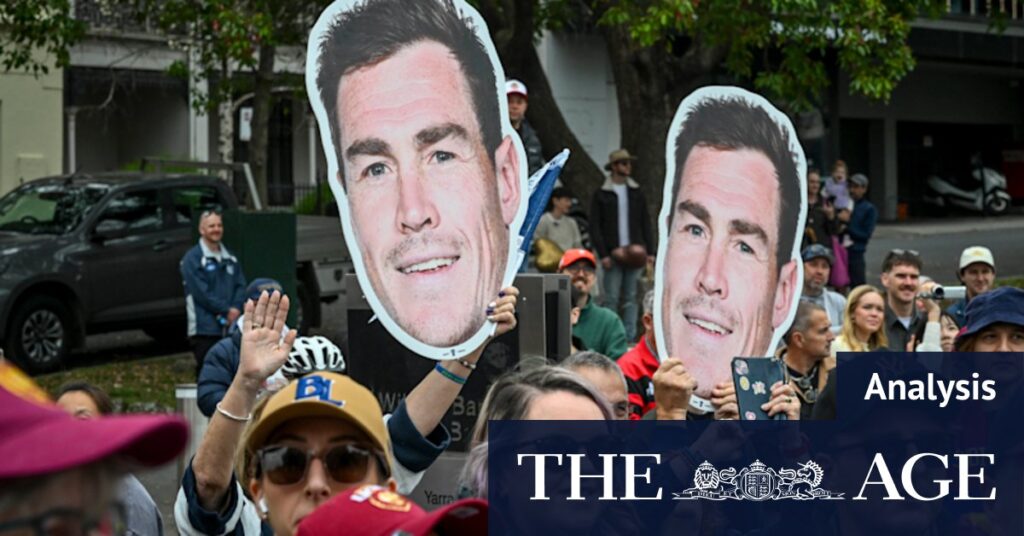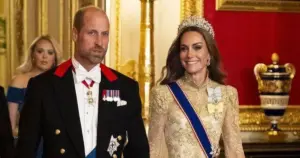
As the sole regional club in the Australian Football League (AFL), the Geelong Cats have carved out a unique niche, becoming the only Victorian club with its own stadium where they train and play up to 10 times a season. This distinctive advantage has helped them secure victories and attract elite players, aided by the AFL’s free agency system. Located in a region experiencing rapid population growth, the Cats benefit from a robust local football culture and substantial government funding for their facilities.
Geelong’s success has not gone unnoticed, drawing both admiration and envy from rival clubs and fans. The club’s ability to retain and recruit top talent without breaching the salary cap has sparked skepticism among competitors, who question how the Cats manage to maintain their roster of star players. According to Geelong CEO Steve Hocking, this success is the result of strategic planning and long-term vision, rather than mere luck.
Geelong’s Unique Position in the AFL Landscape
While clubs like Carlton, Collingwood, Essendon, Richmond, and Hawthorn are known as the “Broadway clubs” for their appeal to players seeking the spotlight of massive Melbourne Cricket Ground (MCG) crowds, Geelong offers a hybrid appeal. It combines the allure of a major club with the tranquility of a regional setting, making it attractive to players like Bailey Smith, Jeremy Cameron, and Gary Ablett Jr., who prefer a balance between high-profile games and a quieter lifestyle.
Hocking emphasizes that Geelong’s current position of strength is not a gift but a result of years of hard work and strategic partnerships with local sponsors seeking national exposure. Companies like Deakin University, Cotton On, GMHBA, Ford, and Morris Finance have played significant roles in supporting the club’s growth.
Recruitment Strategies and Financial Management
Geelong’s recruitment strategy has been pivotal in maintaining their competitive edge. The acquisition of superstar Patrick Dangerfield a decade ago marked a turning point. Dangerfield joined Geelong in a trade that bypassed free agency, agreeing to a contract that respected the club’s salary structure, even if it meant earning less than he could have elsewhere.
Similarly, the recruitment of Jeremy Cameron in 2020 involved complex negotiations with Greater Western Sydney, resulting in a trade that saw Geelong parting with three first-round picks. Despite these challenges, Geelong’s ability to meet player demands quickly and efficiently has been a hallmark of their recruitment success.
“It’s still being worked through, that’ll land when it does,” Hocking said regarding the ongoing AFL investigation into Geelong’s salary cap management. “I’m very comfortable with everything on that front. I’m not losing any sleep.”
Embracing Diverse Talent
Geelong’s willingness to take calculated risks on players with diverse backgrounds and histories has also contributed to their success. The club has embraced players like Bailey Smith and Tyson Stengle, who have faced personal challenges but offer unique skills and perspectives. Hocking notes that Geelong supports its players differently, valuing individuality and diversity over conformity.
This approach has allowed Geelong to remain competitive despite not having access to top draft picks. By focusing on players who may have been overlooked by other clubs, Geelong has built a team that thrives on diversity and resilience.
The Role of Coaching and Leadership
Under the leadership of coach Chris Scott, Geelong has achieved remarkable success, with Scott boasting the highest winning percentage in AFL coaching history for those with over 100 games. His strategic acumen and ability to adapt to changing circumstances have been crucial in maintaining Geelong’s competitive edge.
Unlike many other clubs, Geelong does not have a formal player leadership group, opting instead for a simpler structure with a captain and vice-captain. This approach reflects the club’s emphasis on individual responsibility and maturity, allowing players to thrive in a supportive yet non-interventionist environment.
“If you go back to some of the challenging moments we’ve had with athletes over time… there was always different modelling that we used. It wasn’t one size fits all,” Hocking explained.
As Geelong prepares for their third grand final since 2020, they stand as a testament to the power of strategic planning, community support, and a willingness to embrace change. While their success may inspire envy among rivals, it is clear that the Cats have earned their place as one of the AFL’s most formidable teams.
For continued updates on the AFL and more in-depth coverage, sign up for the Real Footy newsletter.







